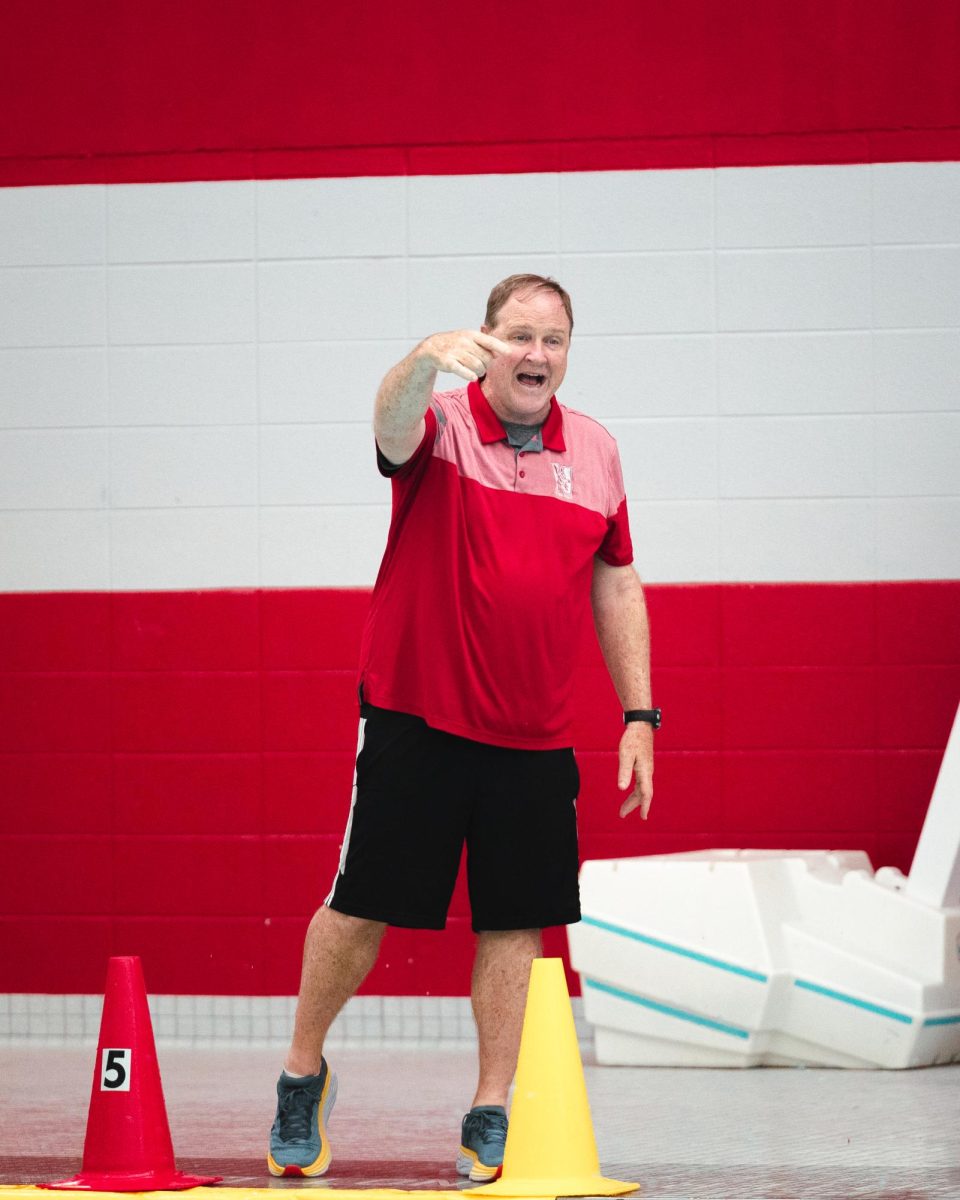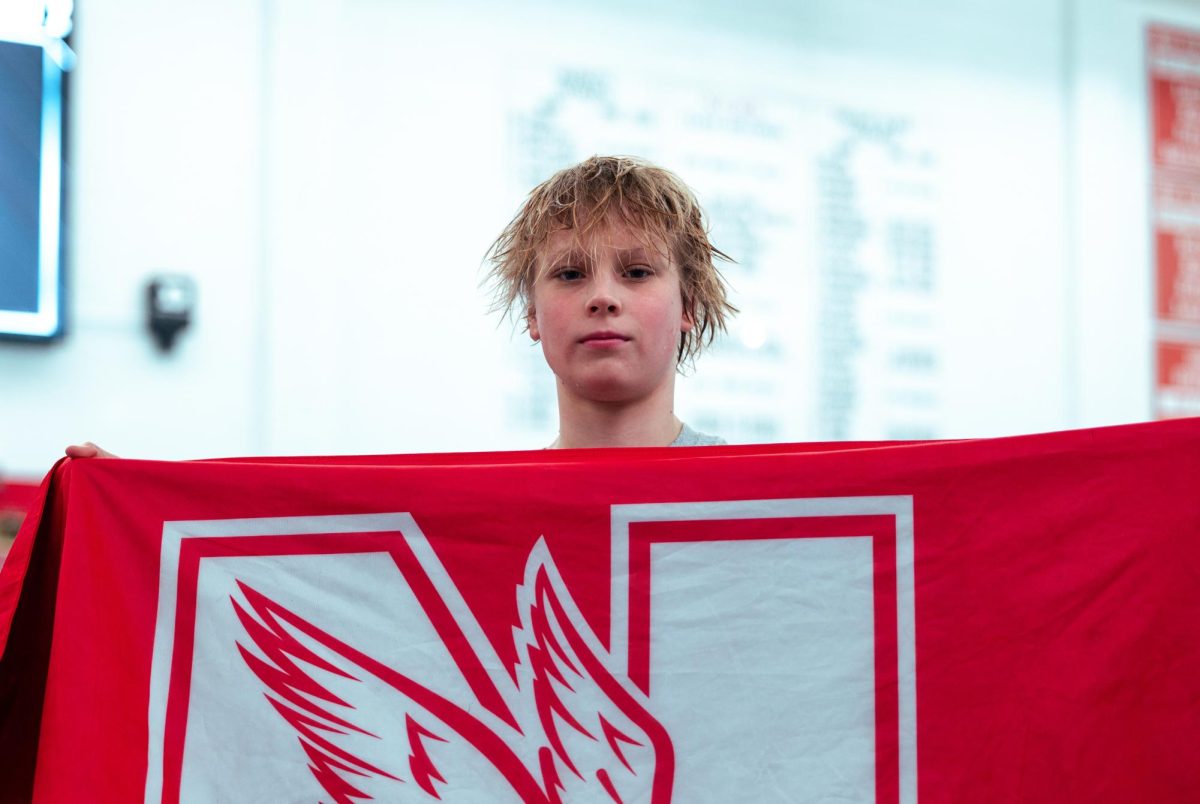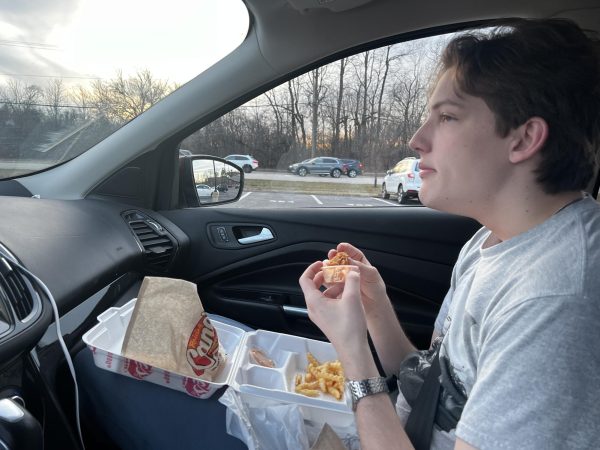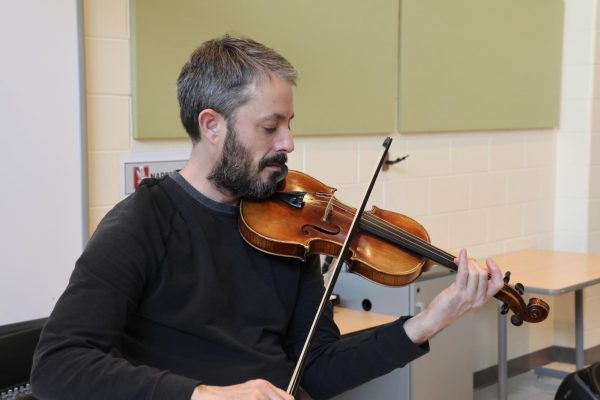Nerf equipment less popular among teens
January 28, 2018
Sophomore Cole Jable ducks down, hiding behind the isolated table in the middle of the long corridor. A seemingly infinite volley of darts goes over his head as the opposing team attempts to push forward. With his modified Nerf blaster, capable of shooting at immense speeds and long distances, he patiently waits until he can unload his clip on the enemy. His love for the game is seemingly apparent, but what about other teens his age?
Why are the teens who played with Nerf guns as children not playing with them anymore?
Hasbro, the owner of Nerf, has not seen any declines in their sales. In fact, net revenues for 2016 were seven percent higher than the previous year. The company is not the one changing. It’s the kids who used to play with the Nerf guns who are changing.
Christina S. Brown, a professor of developmental psychology at the University of Kentucky expressed in Psychology Today that every toy a child plays with teaches a lesson and Nerf guns are no exception.
“What message does a gun toy teach?” Brown said. “I know guns are supposed to be simply fun, but children learn from their fun. Guns show that aggression and hurting others is fun. Guns kill people, even if you think people kill people, it is still people holding guns. Nowadays, those guns are often being wielded by children. Why should I want my daughter to play with a toy that simulates killing?”
Like Brown, some parents have the same views that are then expressed to their children to prevent further use of the toys or the toys are confiscated. The view that Nerf guns are associated with the teaching of gun violence are more understood by teens from ages 12 to 17 because they have experienced 116 percent more shootings from 2015 to 2016.
While teens’ better understanding of gun violence causes some to play with Nerf guns less or stop completely, Jable believes Nerf guns shouldn’t be considered as associated with real guns.
“They are not guns, they are blasters,” Jable said. “They are not bullets, they are darts. It makes me so mad when someone says they are bullets instead of darts because when you say, ‘oh man, I went to this war the other day and I sprayed them with bullets’, rather than you say, ‘I went to this war the other day and I had my great blaster and sprayed them with darts.’ It sounds so much more aggressive in context.”
Jable also said the Nerf blasters “fling foam.” He got this from the person that got him back into enjoying Nerf, a YouTube uploader Coop772.
Children who once played with Nerf guns are now engaged in alternative activities such as interacting with technology. Jable said that he has seen some of his friends convert from playing with Nerf guns to playing video games. He has also seen a transition from Nerf guns to social media on phones.
Nerf guns have been replaced by technology, but they have also been replaced by other similar activities such as airsoft or paintball. Sophomore Michael Hurd used to play Nerf with his friends since he was in kindergarten. But around his first year of middle school, they moved on to airsoft and paintball.
“We used to play with Nerf guns in somebody’s basement back in elementary school, but then we realized that airsoft guns are more fun as long as you are wearing a helmet or goggles,” Hurd said.
He switched from Nerf mainly because it lacked the incentive of not getting shot that airsoft and paintball has.
“There is actually a point to not getting hit because with Nerf guns you don’t really care if you get shot because it doesn’t hurt,” Hurd said. “If you get hit with a paintball gun or an airsoft gun it actually stings for a good five to ten minutes. We’d always play with Nerf guns until we realized there’s no point in using Nerf guns because you don’t need to dodge the bullet.”
Hurd believes that the other activities also required more tactics. The goal to not be hit enhances the use of tactics that lower chances of being shot. Jable believes there is a necessity of tactics in Nerf so that is not a reason Nerf was almost abandoned.
“You have to have a plan,” Jable said. “Think of it like a football coach, when he draws the X’s and O’s, he says, ‘hey guys, we have to go here,’ and that kind of play by play. It’s similar to that.”
A big concept that keeps an avid Nerf player is modding. Modding is when a player alters a Nerf gun to improve it functionally or visually. This is what keeps sophomore Albert Jackson, an avid Nerf player, into it.
“I only got into it for the modding of the guns,” Jackson said. “Overvolting it, removing the thermostat so that it gets more volts, and painting. The modding was fun, and seeing how ridiculous you could get things was really the highlight.”
Jackson experiences some difficulties with time and work that prevent him from being as into Nerf as he used to be. These difficulties are what he believes may be another reason teens like him aren’t playing Nerf guns at all or as much.
“As high school really got into the full swing, it became harder to play,” Jackson said. “The winter of freshman year was when things just kind of stopped completely. When it comes up, we have a Nerf war, but we haven’t done it in a really long time because of school and lack of time.”
Whether it’s from parents not allowing them, finding other alternatives, or not having the time, teens haven’t been playing with Nerf guns as much as they did as children. Some think this is for the better, though others would beg to differ.













